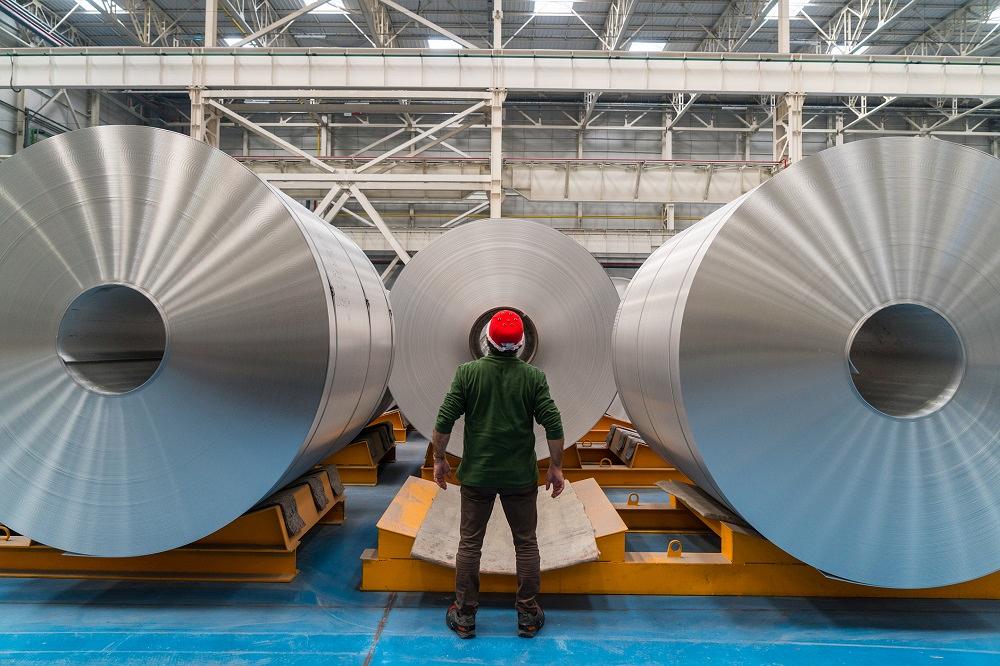
Steel price volatility can significantly influence cash flow, affecting both inflows and outflows. Understanding these impacts is crucial for effective cash flow management. Here are key insights:
1. Cost of Goods Sold (COGS) Fluctuations
- Impact on Expenses:
- Rising Prices: Increased steel prices elevate the cost of goods sold (COGS), reducing gross margins unless higher prices can be passed to customers.
- Cash Outflows: Higher COGS require more cash to procure raw materials, affecting working capital and liquidity.
2. Inventory Valuation Adjustments
- Impacts on Balance Sheet:
- Rising Prices: When steel prices increase, the value of existing inventory rises (mark-to-market effect), impacting the balance sheet.
- Falling Prices: Decreases in steel prices may lead to lower inventory valuations, potentially causing inventory write-downs.
- Cash Flow Effects:
- Working Capital: Inventory valuation changes influence working capital requirements and can lead to non-cash charges on the income statement.
3. Customer Pricing and Payment Terms
- Negotiation Dynamics:
- Price Adjustments: Businesses may need to adjust customer pricing based on steel price changes, affecting revenue realization and cash flow timing.
- Cash Inflows:
- Payment Terms: Altered customer payment terms or delayed collections due to pricing negotiations can impact cash flow availability.
4. Hedging and Risk Management Costs
- Cost of Hedging Instruments:
- Expenses: Costs associated with financial derivatives or forward contracts to hedge steel price volatility (e.g., premiums, fees) directly impact cash flow.
- Effectiveness of Hedging:
- Risk Mitigation: The success of hedging strategies in reducing steel price risk affects the variability of cash flows related to raw material costs.
5. Operational Planning and Budgeting Challenges
- Forecast Accuracy:
- Uncertainty: Steel price volatility introduces uncertainty into budgeting and operational planning, potentially leading to misestimations of cash flow needs.
- Adaptability Requirements:
- Flexibility: Businesses must adapt production schedules, inventory levels, and pricing strategies to align with fluctuating steel prices and cash flow requirements.
6. Overall Business Performance and Investor Perception
- Profitability Impact:
- Volatility Effects: Persistent steel price volatility can affect business profitability, influencing investor confidence and perceptions of financial stability.
- Cash Flow from Financing Activities:
- Investor Sentiment: Fluctuating earnings due to steel price volatility can impact cash flows from financing activities, such as equity issuances or debt refinancing.




